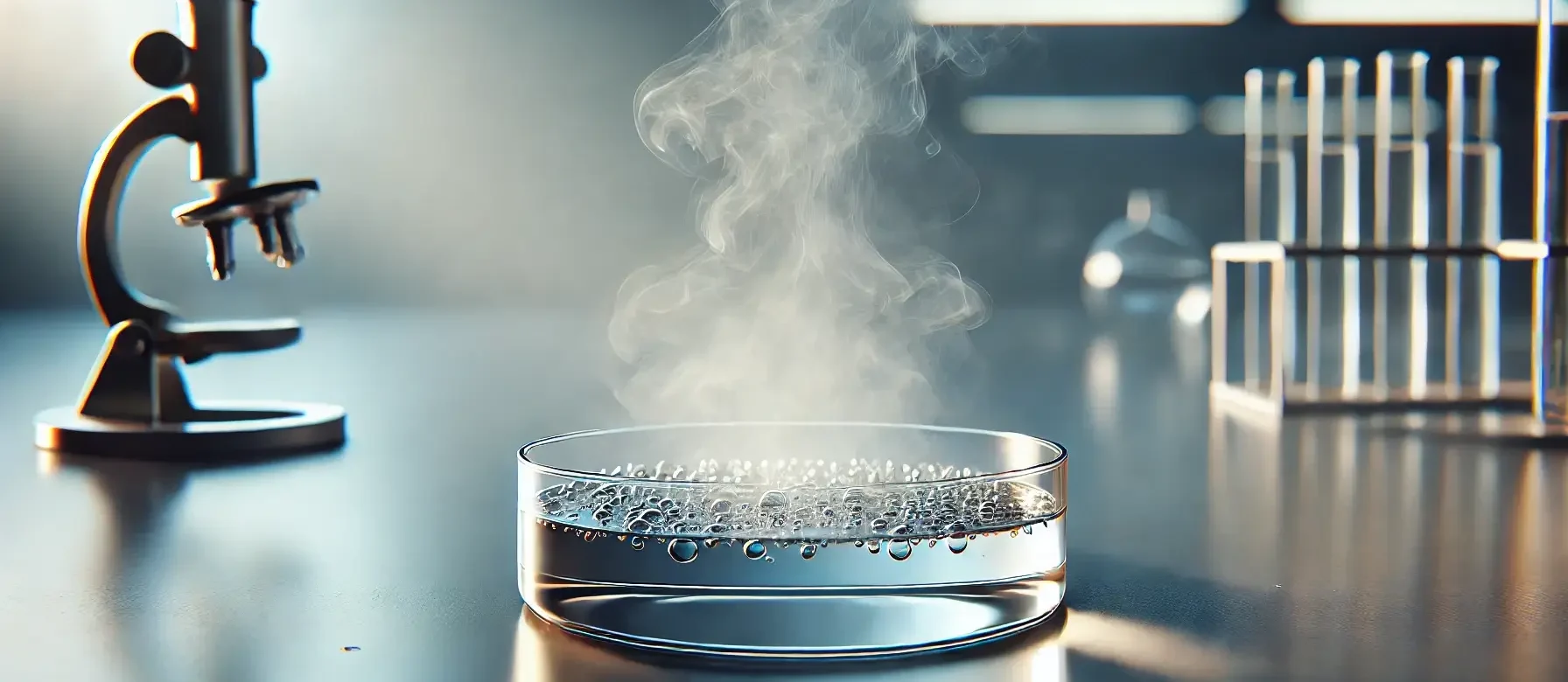- Evaporation is a process where a liquid is converted into vapor, typically by heating, and then separated from the remaining liquid phase.
- This is widely used in various industries for concentrating solutions, drying materials, and recovering valuable substances.
Objectives of Evaporation
- Concentration: Increasing the concentration of a solute in a solvent by removing the solvent.
- Separation: Recovering solvents or solutes from mixtures.
- Purification: Removing impurities or unwanted volatile components.
- Volume Reduction: Reducing the volume of liquid waste to minimize disposal costs.
- Product Drying: Partially drying products to enhance shelf life or prepare them for further processing.
Applications
- Food and Beverage: Concentrating juices, milk, and other liquid foods.
- Pharmaceuticals: Concentrating active ingredients and removing solvents.
- Chemical Industry: Concentrating chemicals and recovering solvents.
- Desalination: Producing fresh water from saline water by evaporating and condensing water.
- Waste Treatment: Reducing the volume of liquid waste for easier disposal or further treatment.
Factors
- Temperature: Higher temperatures increase the rate of evaporation by providing more energy to the molecules.
- Surface Area: Larger surface areas expose more liquid to air, enhancing evaporation.
- Air Flow: Increased airflow removes vapor from the surface, allowing more liquid to evaporate.
- Pressure: Lowering the pressure (vacuum conditions) can enhance evaporation by reducing the boiling point of the liquid.
- Concentration: Higher solute concentrations can reduce the rate of evaporation due to decreased vapor pressure.
- Nature of Liquid: Volatile liquids evaporate faster than non-volatile liquids.
Advertisements

